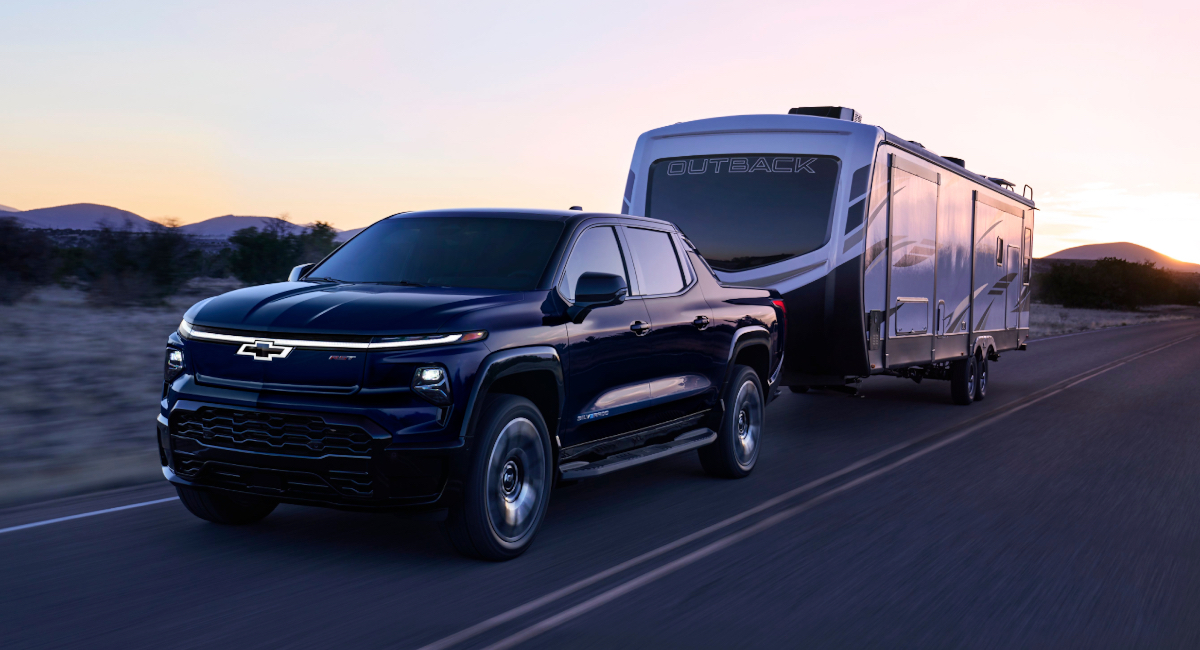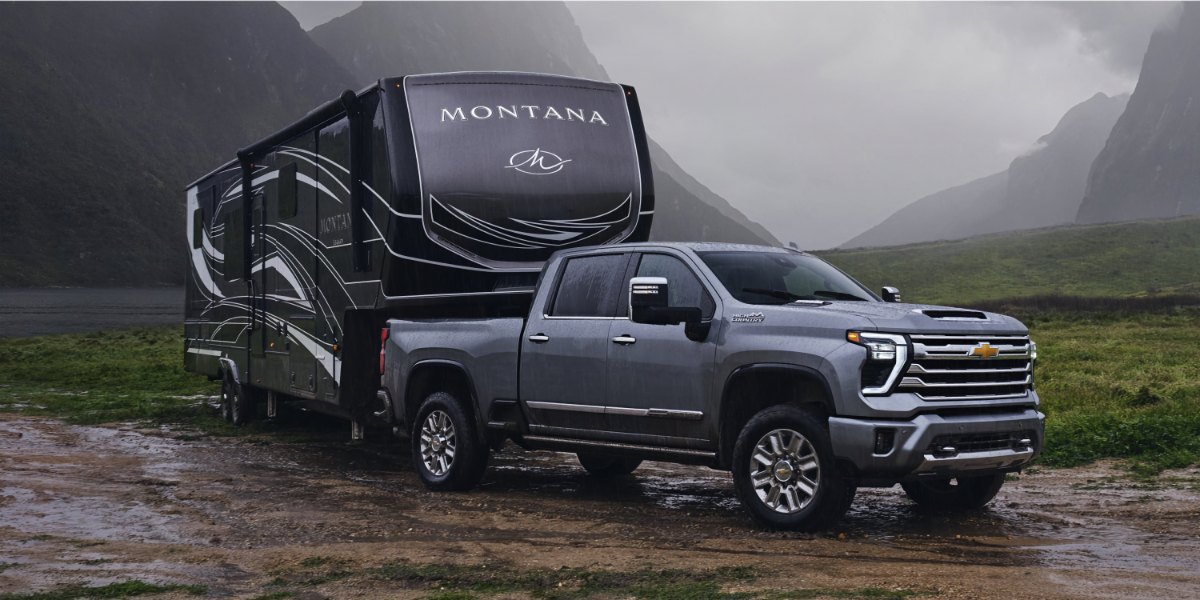Whether you’re transporting heavy industrial equipment or towing your boat or RV, attaching a trailer opens the doors to a whole new range of possibilities.

But before you leave the driveway, there’s one very important question you need to ask yourself:
“How much can my truck actually tow?”
You need to know the towing capacity of your trailer in order to ensure your automobile is safe, your belongings are safe, and your vacation is worry-free. However, especially for novices, it’s one of the most misinterpreted parts of towing. Before you hitch up and go, let’s assure you that your truck is capable of doing the task.
The largest weight that your SUV or vehicle can tow securely behind it is referred to as its trailer towing capacity. This is the whole trailer, including your ATV, fuel, tools, water tanks, and equipment.
Mostly, you can determine how much you are able to tow from the owner’s manual or on the towing guide provided by the manufacturer. The entire picture isn’t given by that number, however.
Let’s clarify a few important terms before moving forward:
Each of these figures determines how much trailer weight you can safely haul without endangering your car.
Here’s a simple formula to estimate what your truck can tow:
GCWR – Curb Weight = Max Trailer Weight
Let’s say your truck has:
You can tow up to 9,500 lbs (if there’s no additional cargo or passengers).
If you’re loading tools, coolers, bikes, or anything else into the truck, subtract that from your max capacity.
Too many drivers assume “if it fits, it ships”—but guessing your towing capacity for trailer use is risky.
Overloading your tow vehicle can cause:
Even being just over your truck’s rating can create problems, especially on hills, in high winds, or during emergency stops.
It’s not just your truck that has a limit—your trailer hitch towing capacity matters too.
Always choose a hitch that matches your load and trailer type.
When it comes to equipment, Andersen Hitches are engineered for strength, control, and peace of mind.

Our Weight Distribution Hitches with Built-in Sway Control are perfect for keeping your trailer stable and level—especially when hauling near your towing limit.
Key Benefits:
If you’re towing a trailer regularly, this system makes the experience safer, easier, and more enjoyable.
Here’s a quick reference guide for typical loaded trailer weights:
| Trailer Type | Estimated Loaded Weight |
| Utility Trailer | 1,000–3,000 lbs |
| Small Travel Trailer | 3,500–5,000 lbs |
| Large RV | 7,000–12,000+ lbs |
| Boat Trailer | 3,000–8,000 lbs |
| Enclosed Trailer | 4,000–10,000 lbs |
Remember: these are fully loaded weights. Double-check your trailer’s exact specs before hitting the road.
Towing seems simple…until it’s not. Here are common mistakes beginners make:
If you’re towing a trailer, it’s not enough to just “feel” like your truck can handle it. Knowing your true trailer towing capacity ensures safety, performance, and peace of mind.

From understanding weight ratings to choosing the right trailer hitch towing capacity, small details make a big difference. Andersen Hitches offers smart, dependable solutions that keep you in control—no matter what you’re towing.
1. How do I find my vehicle’s towing capacity?
Check your owner’s manual or look up your VIN on the manufacturer’s site for the most accurate information.
2. Is it bad to tow over capacity just once?
Yes. Even a single overload can damage your truck’s transmission or brakes—and it puts you at legal and safety risk.
3. Can Andersen hitches improve stability when towing near max capacity?
Absolutely. Our sway control and weight distribution design ensures stability and smoothness, even when towing heavy loads.
4. What’s the difference between payload and towing capacity?
Payload is how much your truck can carry inside. Towing capacity is how much it can pull behind.
Discount Applied Successfully!
Your savings have been added to the cart.